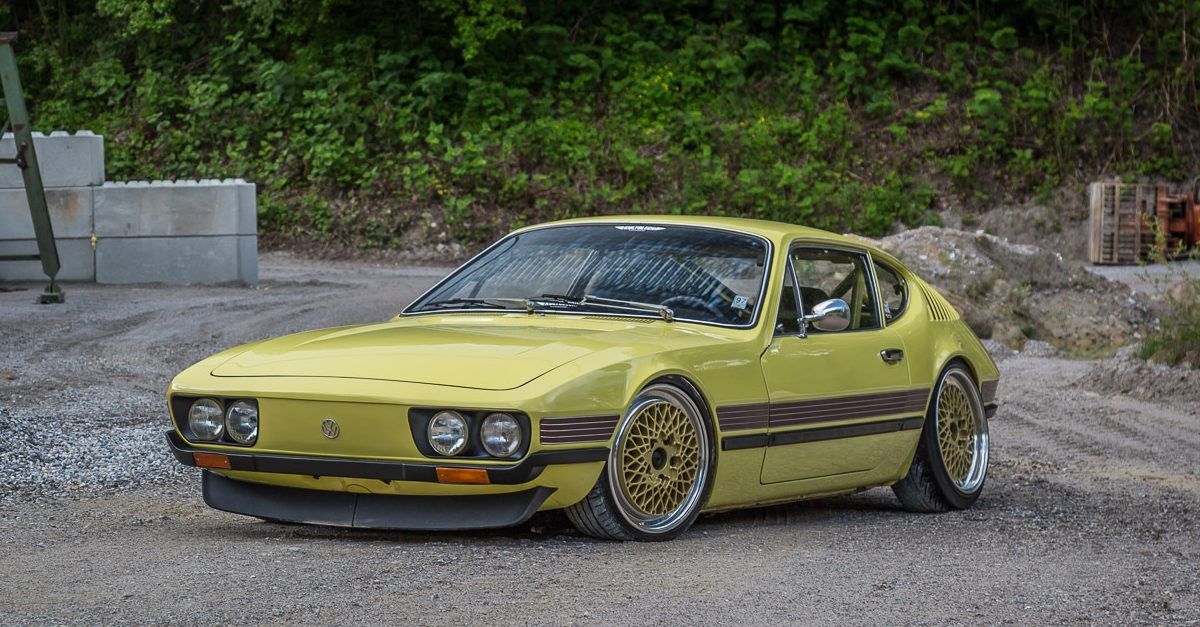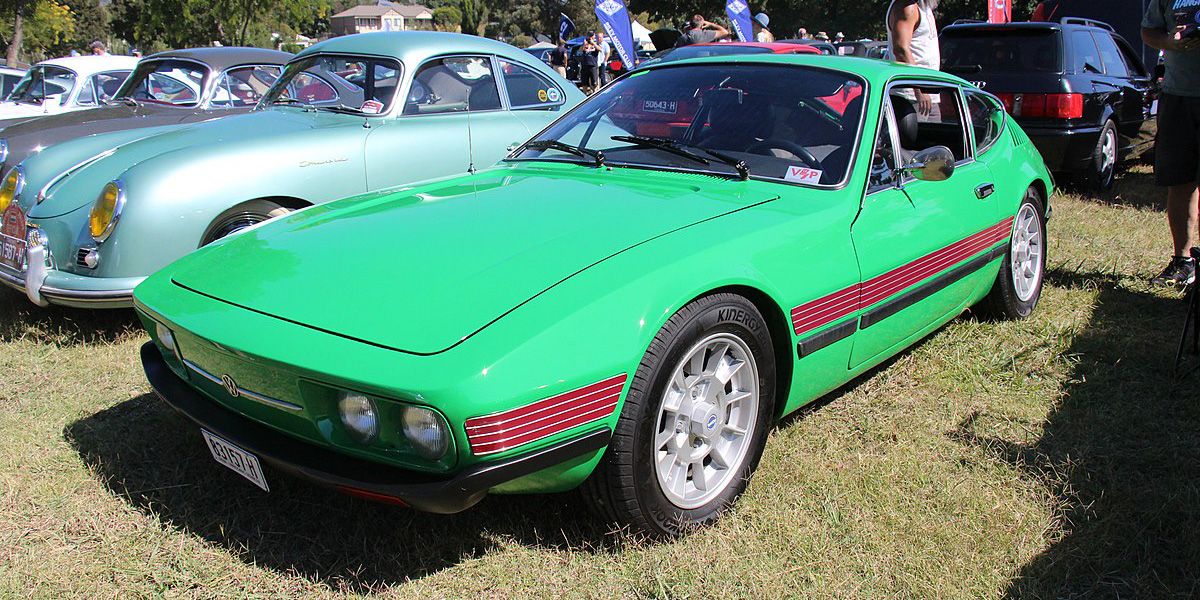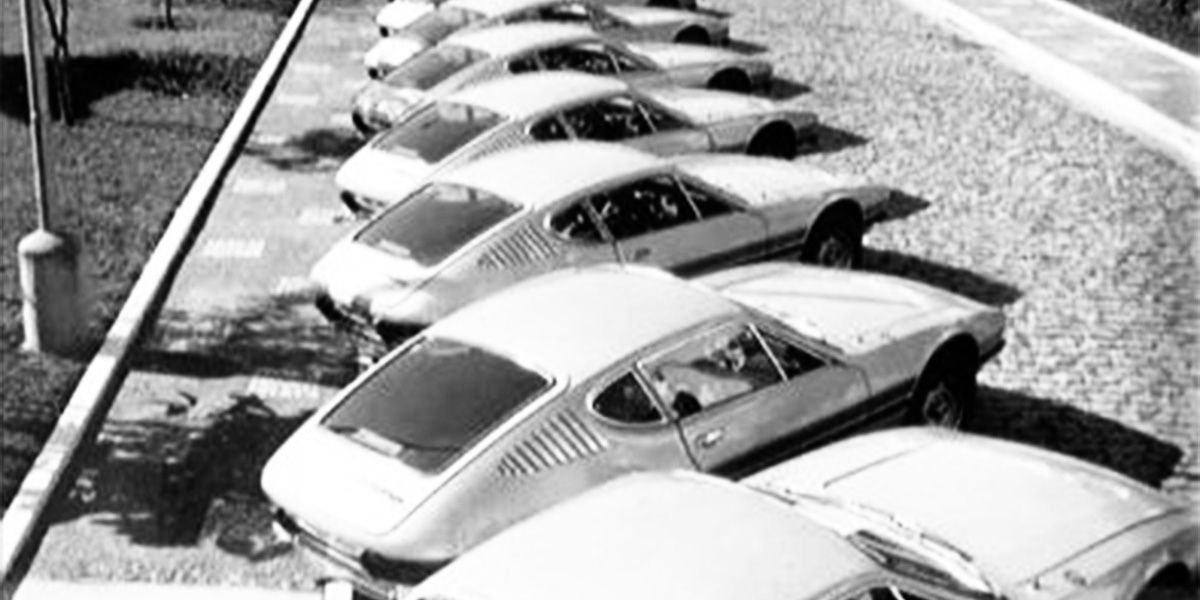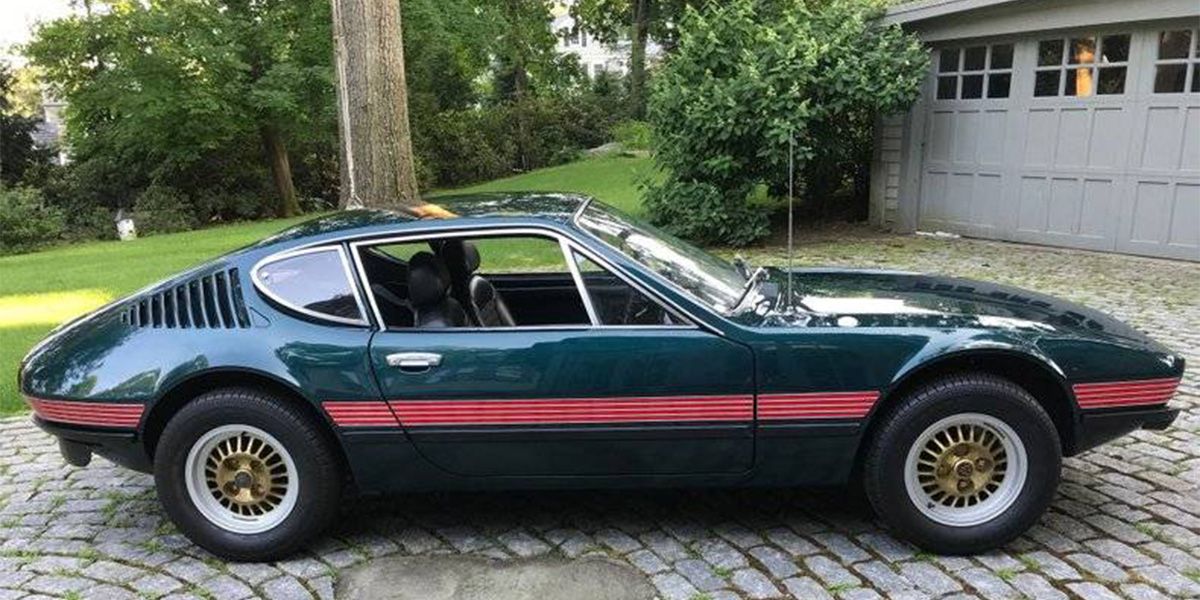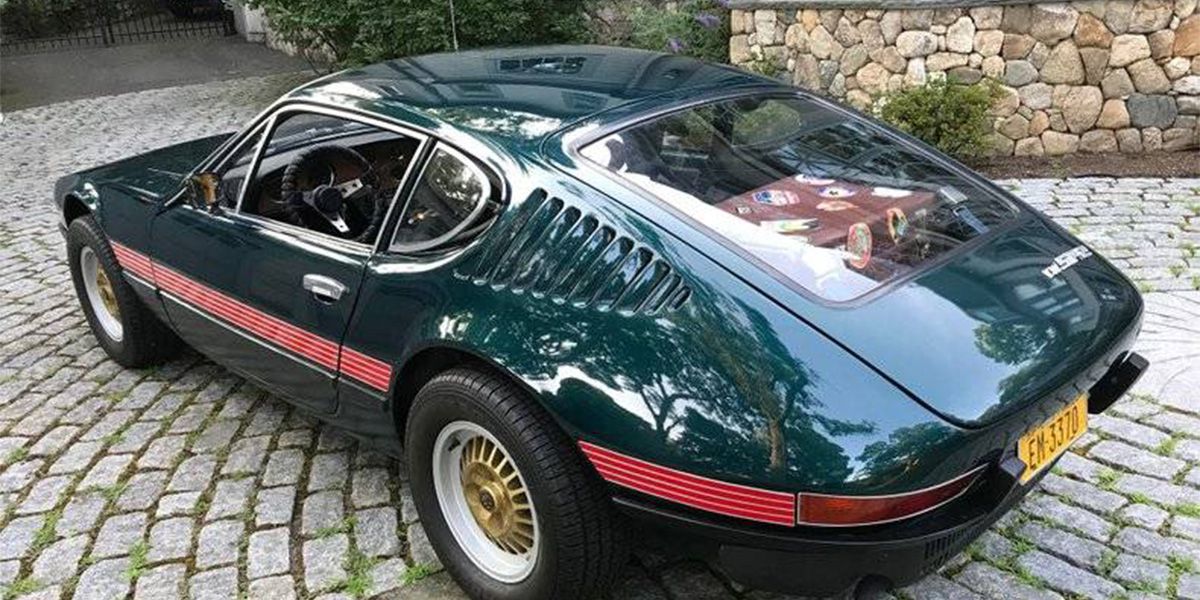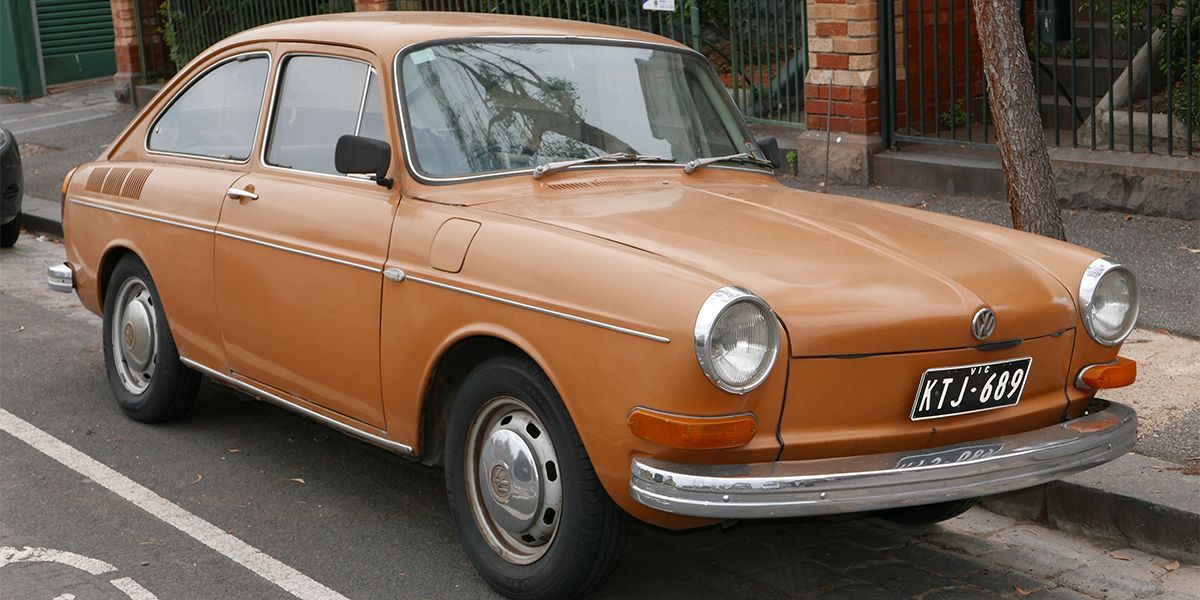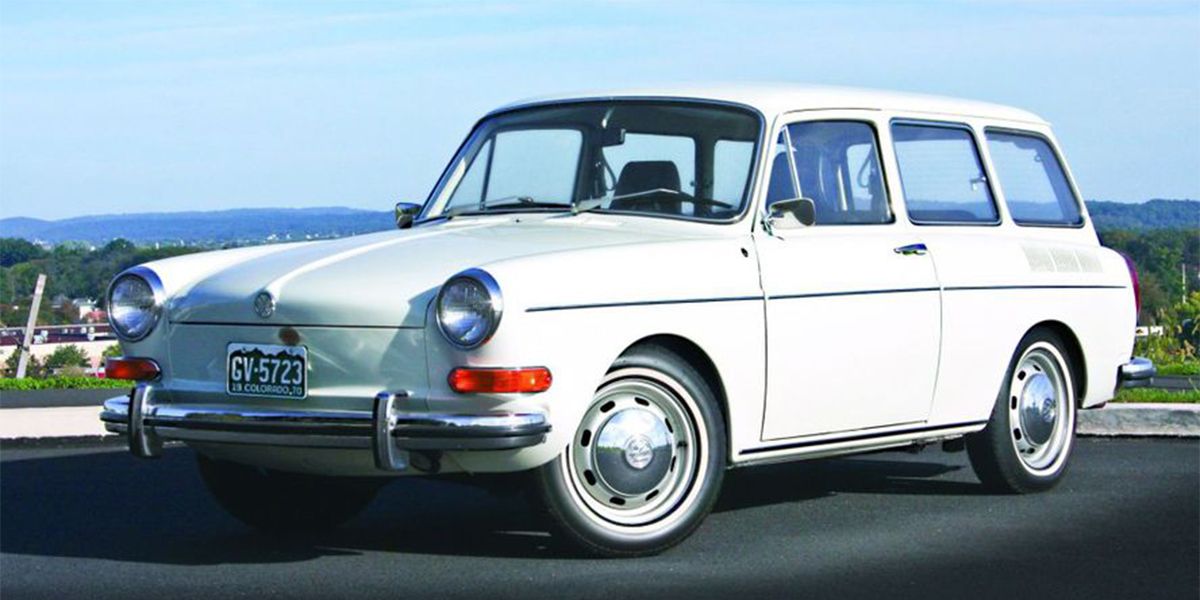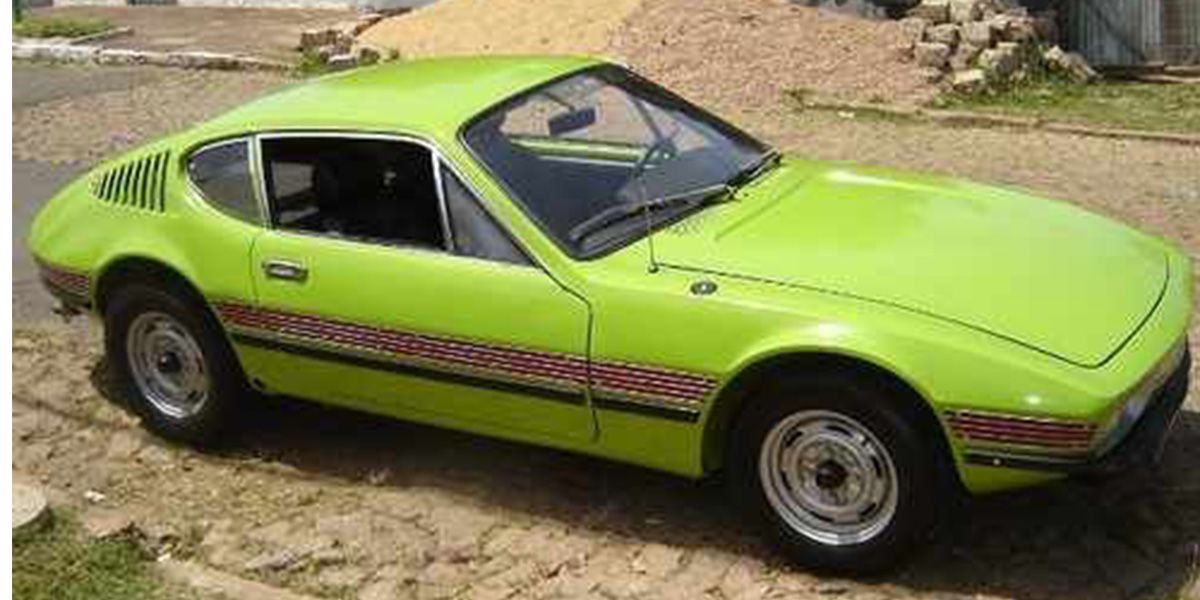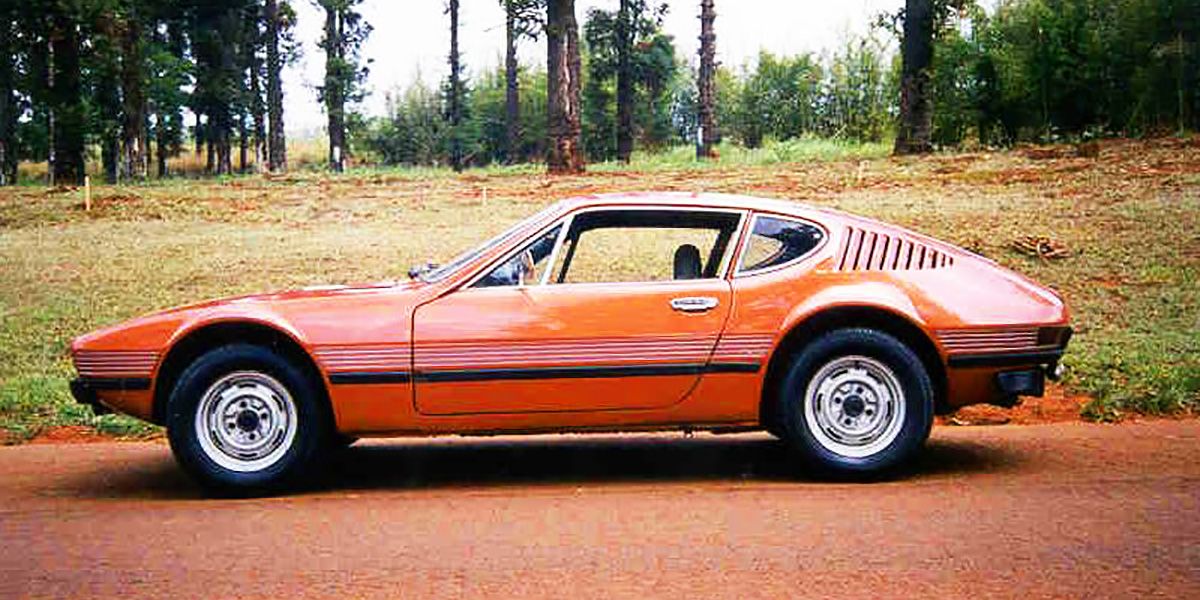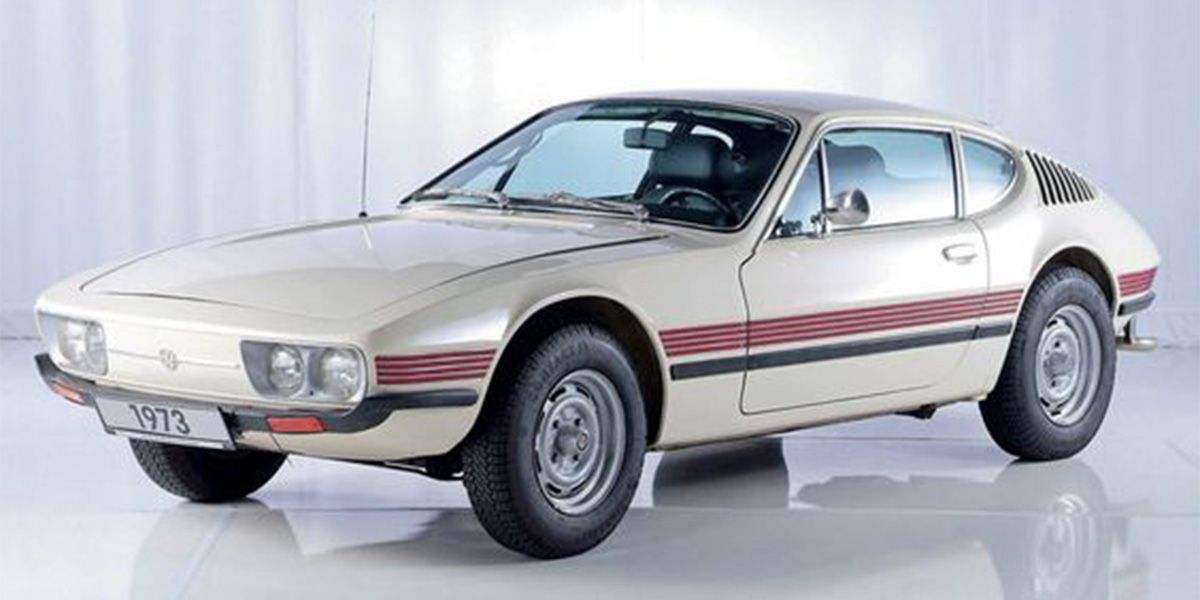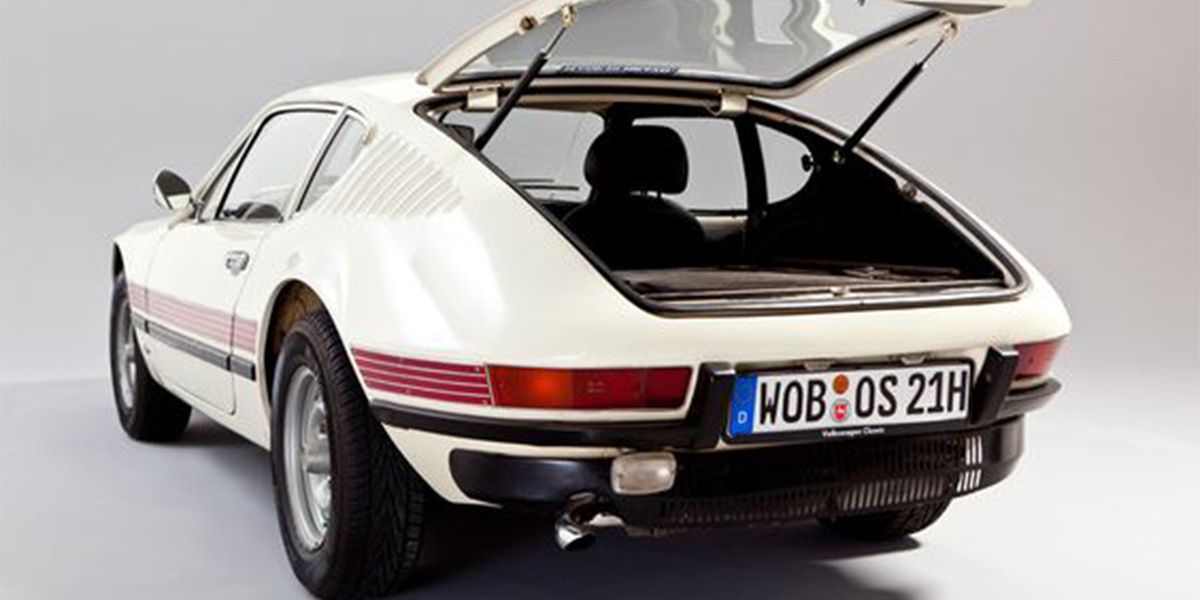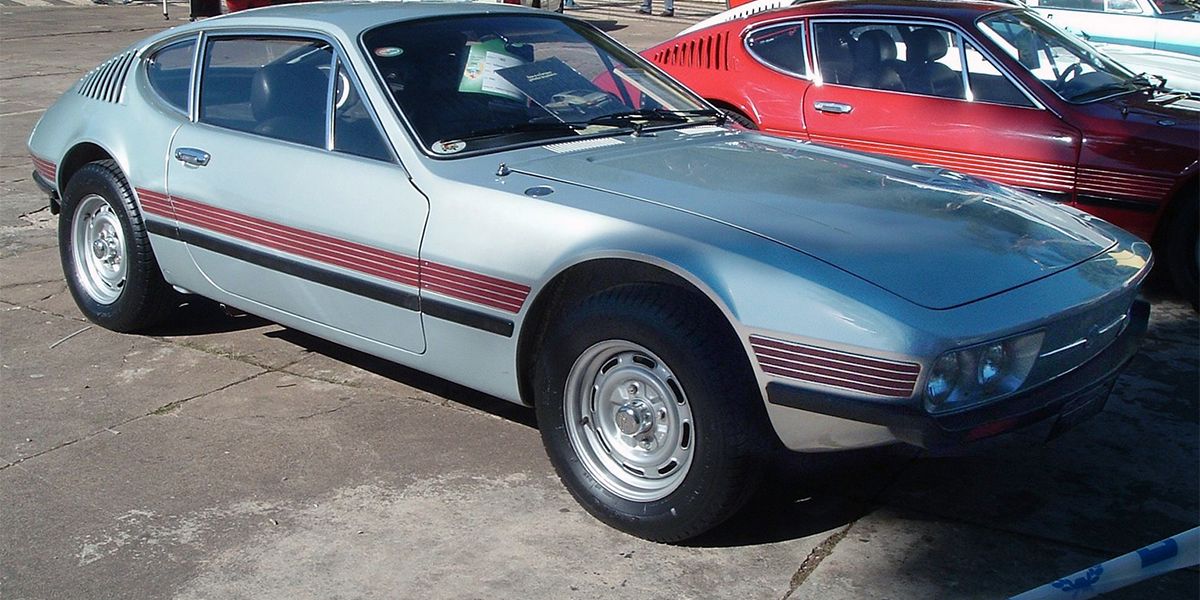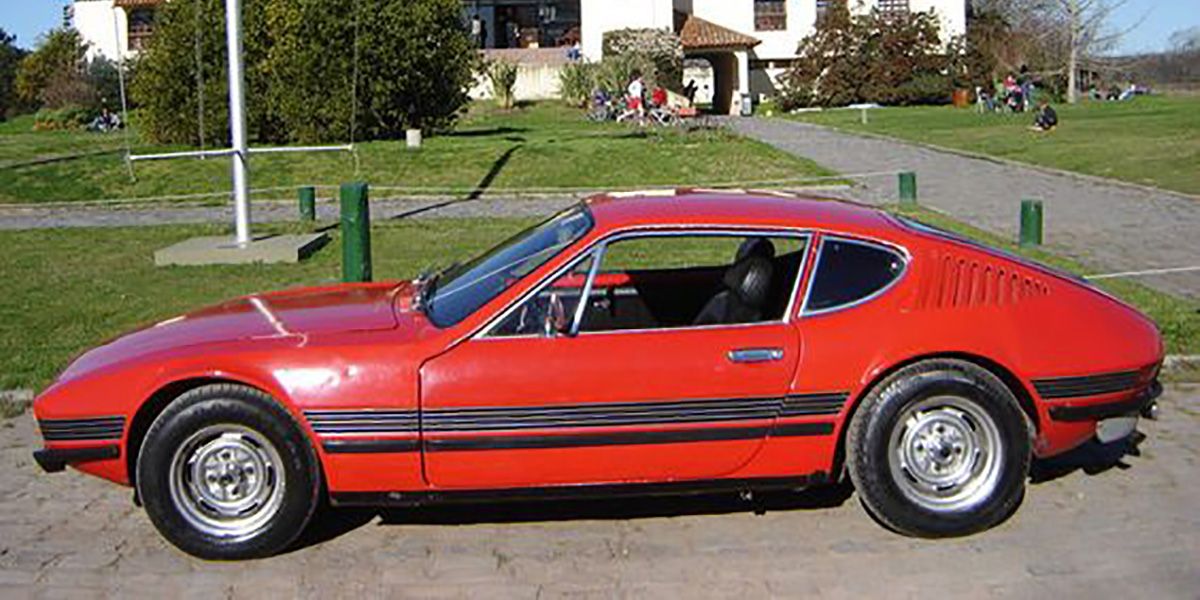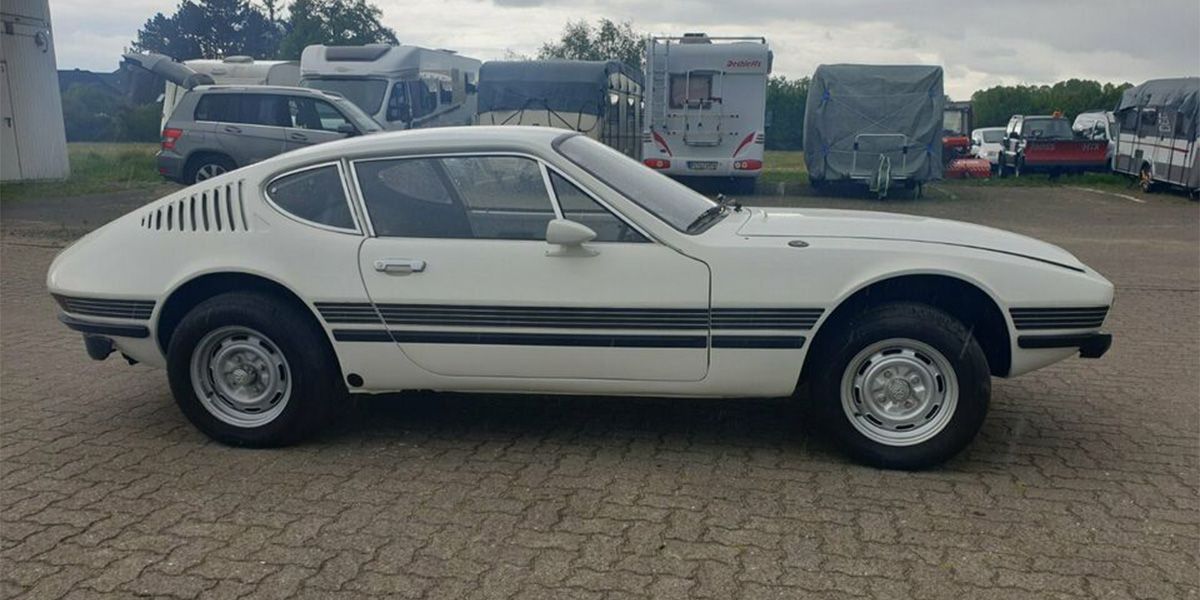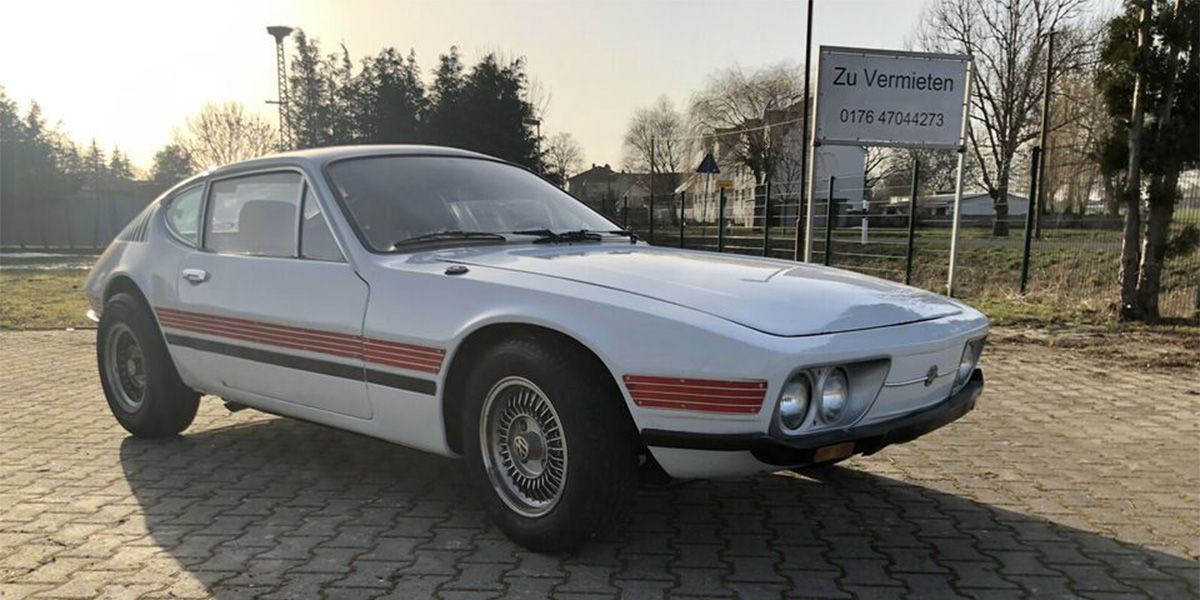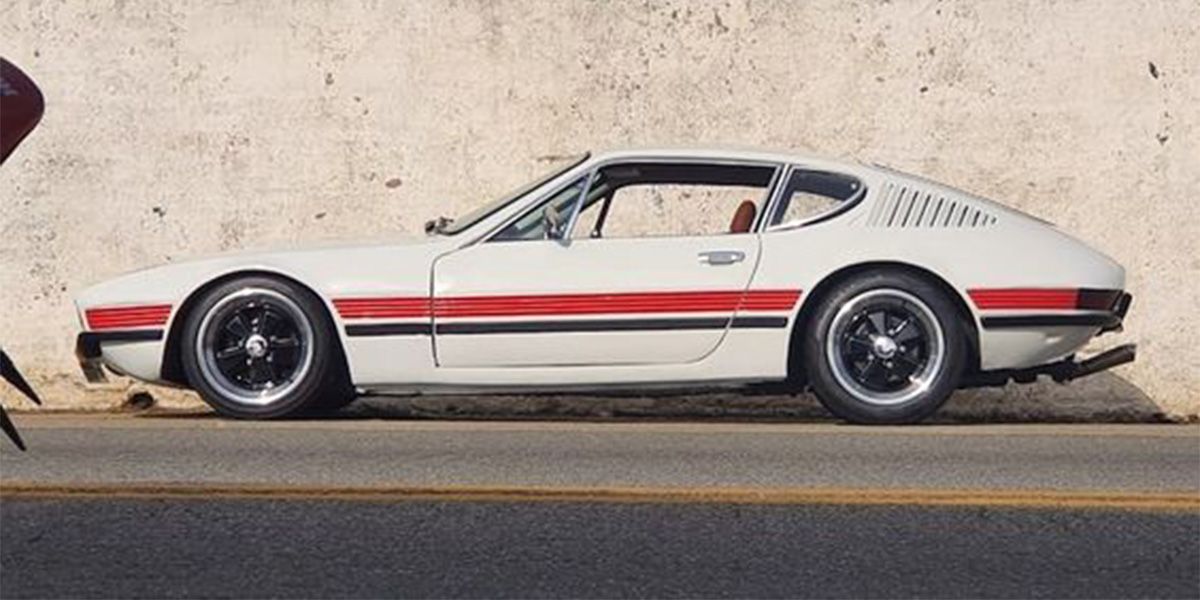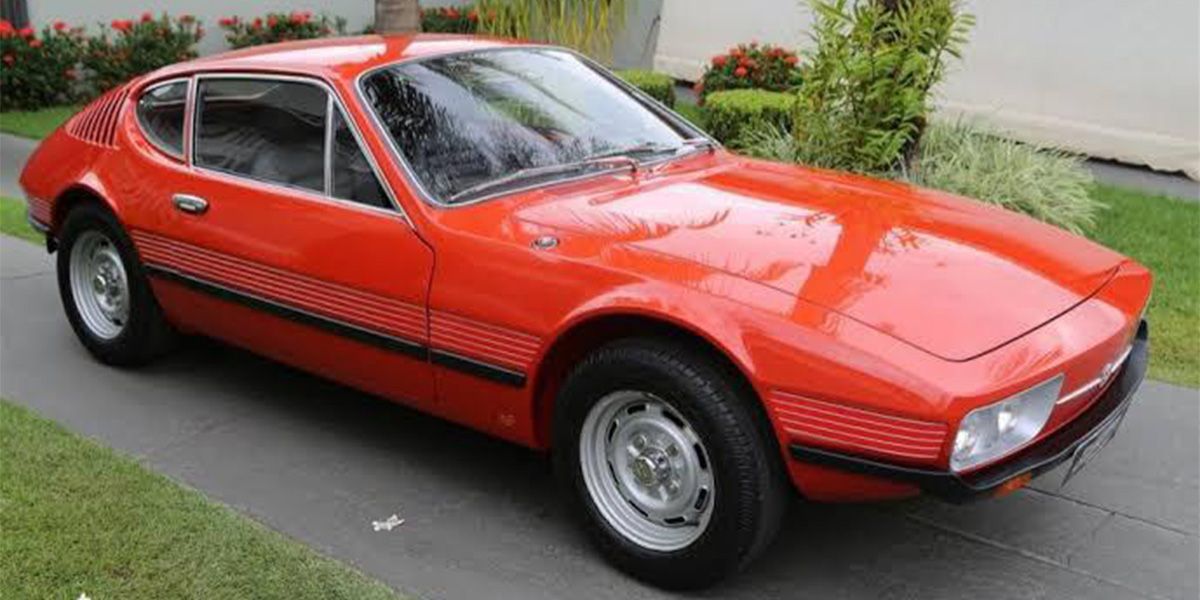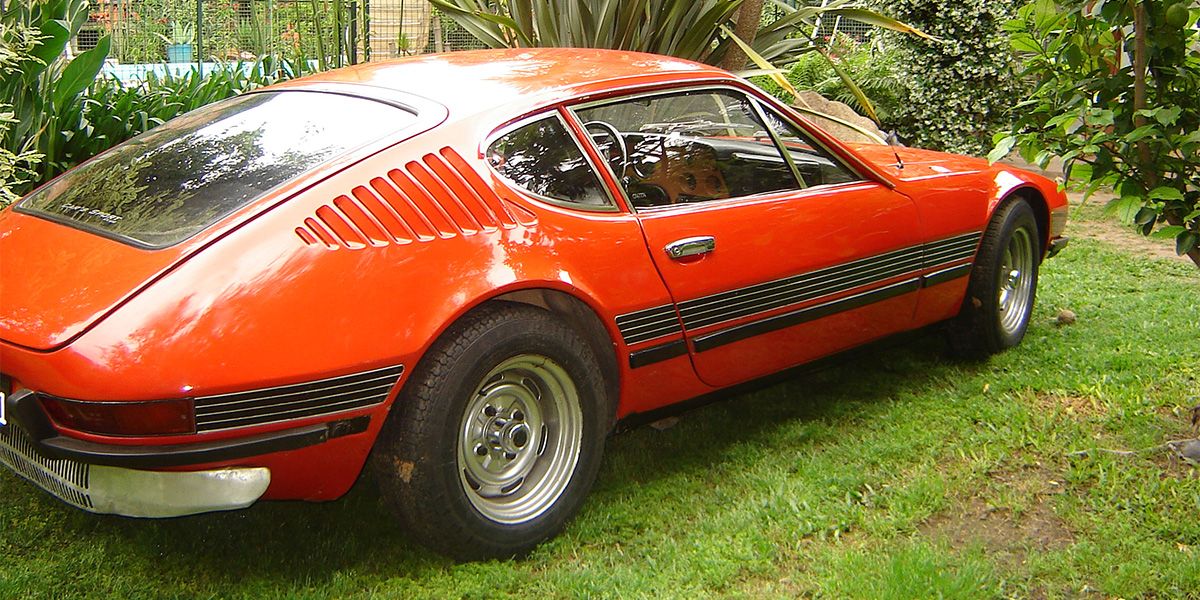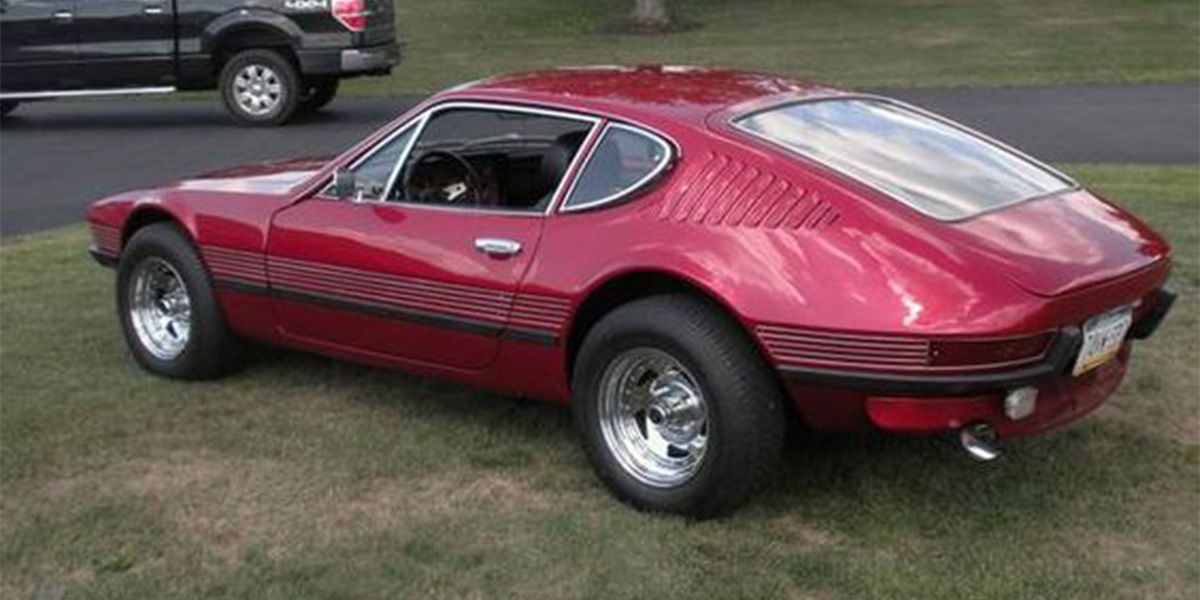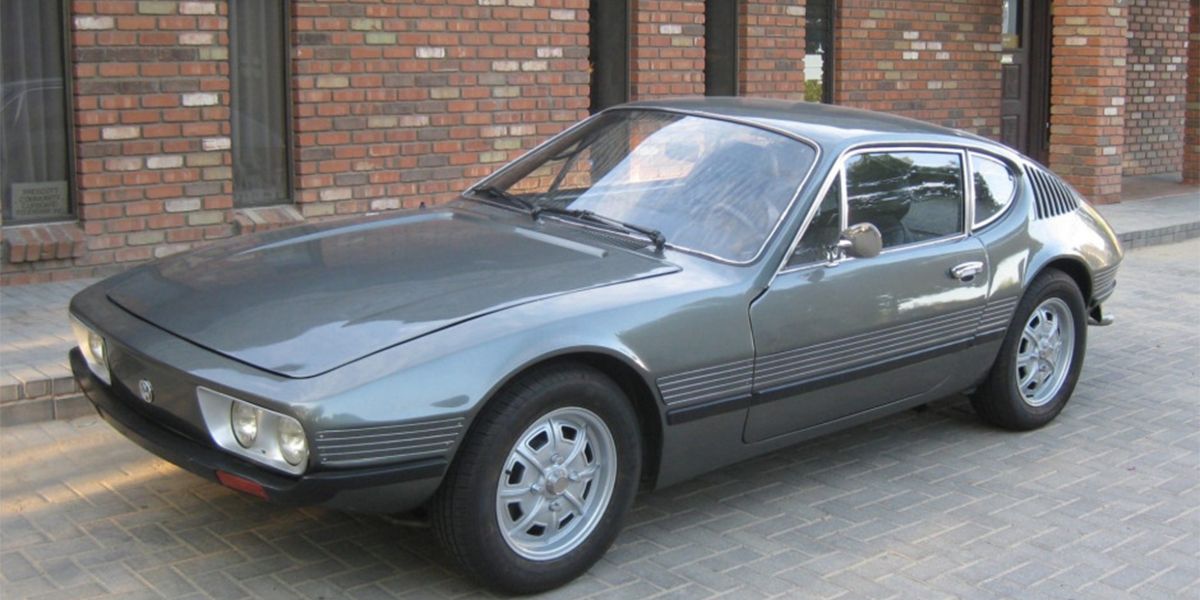The Volkswagen SP2 was a painfully pretty two-door coupé that not many people know exists, as only a few of them got sneaked out of the South American country. The first VW SP2's rolled down the full-scale production floor in 1972 — a period where Volkswagen wasn't famous for sports car production.
Drivers with a habit of zooming in on classic cars they see on the road should be forgiven for accusing SP2 owners of fixing a Volkswagen badge on a car that looks from an Italian manufacturer. That's right; it resembles Alfa Romeos from that era but packs a lot of contrasting surprises when it comes to performance. Does it make it to this "all show, no go" hall of shame of cars that look fast but are incredibly slow? No. But here are more things about the Volkswagen SP2 people don't know or might have forgotten about.
10 Produced Only By Volkswagen Do Brasil (VWB)
Most major car company divisions or subsidiaries in different countries in the '70s only acted as retailers. But Volkswagen Do Brasil (VWB), established in 1953, was different. It had a certain level of independence thus was allowed to engineer and manufacture exclusive Volkswagen cars for the South American market.
That's how the Volkswagen SP2 came to be. Other interesting cars VWB produced back then included the very much forgotten Volkswagen Karmann Ghia and the Karmann Ghia TC. This division has churned out 20 million cars, even beating some standalone manufacturers.
9 Only Brazilians Could Have It
The Volkswagen SP2 was designed, developed, and sold only in the Brazilian market. Why? At the time, Brazil was a closed country. The country had car import barriers dating back to the '60s meant to stimulate local industrial production. Dominant players in Brazil's car industry were the local operations of Volkswagen, Ford, Fiat, and General Motors. All of them combined could only manage to introduce two models every year.
When VW's Brazilian built the Volkswagen SP2, they designed it to look completely different versus any other car that could be bought elsewhere and ensured that only Brazilians could buy it. Being one of the most beautiful Brazilian cars at the time, it became the top choice sports car for Brazil's blue-collar workers.
8 Based On The Volkswagen Type 3
The Volkswagen Type 3 (1961 to 1973) was meant to diversify the German car company's product range because, at the time, the available models were only the Beetle (Type 1), VW Bus (Type 2), and the Karmann Ghia (Type 14). Since building the VW SP2 from the ground up would be expensive for VWB, they adapted it to the compact Type 3 sedan's chassis.
Initially, the division first made the Volkswagen SP1 which had a 1.6-liter flat-4 air-cooled boxer engine. However, it got canned after just 88 cars because of unsatisfactory performance as it could only produce 65-horses, a figure considered "bad" for a sports car even by '70s standards. The following year, it got redesigned and reworked to create the Volkswagen SP2.
7 A Sports Car "For The Ladies"
Rudolf Leiding - the VWB boss in the '70s who later became Volkswagen global head – was the man behind "Project X," which made the VW SP2 a reality. He instructed a small team to design a sports car to replace the aging Brazilian-market Karman Ghia. The VW SP2 was planned to be the car that would signal VWB independence from its German parent company.
The team included 6 men and one woman — his wife, Helga Leiding. Rudolf had added his wife to the team specifically to ensure the VW SP2 ended up a stylish-looking sports car. In short, Rudolf wanted a Volkswagen car that appeals to women. Even in a later interview, he was quoted saying the car was made "for you (his wife) and all the other ladies."
6 A Pretty Rare Volkswagen Sports Car
With only 3 years of production, and most VW SP2s suffering a great deal from rust like some of these modern cars, only a few of them are still plying Brazilian roads. In the '70s, exporting the car from Brazil was hard enough that only a few made it into the US.
And because it couldn't get sold in Europe - it would have required a lot of modifications as Volkswagen was moving to FWD cars for the European market - it's even rarer outside South America. Numbers show only around 2 000 VW SP2s crossed the Brazilian borders. All in all, the SP2 has become a collector's item, but that's a thing only for those that know it exists, especially outside Brazil.
5 Not A Fast Sports Car
Despite its appeal to the human eye, the Volkwagen SP2 didn't impress drivers looking for a sports car level speeds. Its engine (with only 1.7-liters of joy), which was mated to a manual transaxle, could only produce a feeble 75hps as pre-stated making it a ridiculously slow sports car even though it was fun to drive. It could only manage 0-60mph in a relaxing 16 seconds and topped out at barely 100mph. What about power? Only 83-foot pounds of torque @ 3 000 rpm
RELATED: 10 Classic Sleeper Cars That Can Still Annihilate Sports Cars
In short, VWB had managed to make a car with the capability of a Beetle and disguise it in the body of a sports car. The SP part of the car's name officially was shorthand for São Paulo, but Brazilians who weren't impressed with its performance joked it stood for "sem potência."A phrase which translated from Portuguese means "without power." Apart from its exterior looks, the only positive aspect is that it is incredibly light (1962lbs) and a joy to drive because of its four-speed manual gearbox.
4 Relatively Attainable
Despite this car's rarity being its main asset, those planning to buy it will be surprised that it remains reasonably priced compared to most cars from its era, which can be extraordinarily expensive. Very few Volkswagen SP2s go on sale, but there isn't a huge demand or competition for them.
Today, the cheapest VW SP2 costs around the same as the latest Volkswagen Golf. An SP2 can be bought with at least $28000 in the US; those in top-notch condition get listed for around $50,000. But since the 2021 Volkswagen Golf is a car guaranteed to be faster, with better reliability, and that's less prone to rust, only cult heroes would choose the VW SP2 over it.
3 Exterior Design - Coolest & Sexiest Brazilian-Built Sports Car
Volkswagen is hugely known for hot hatchbacks (not sports cars). But with less oversight from its German overlords, VWB used its independence to build a sports car for their market. And this Brazilian division designed their car to be arguably one of the prettiest and coolest looking Volkswagen cars of its time. It just oozed with charm.
For a sharp classic sports car look, it had a long hood with a step-nose that resembled '70s Alfa Romeos. At the front were leering twin-headlights on each side. Similar to other Volkswagens of its era, it lacked a front-grille. The SP2 rear resembled a fastback and even had fins and vents on the side. To complete the sexy look, it featured two-tone paint, which made the overall design draw in well-deserved praise in South America.
2 Rear Beetle-Like Engine
While the SP2 had an elongated hood with ample space, big enough to fit a V8 engine, oddly, it used the same engine as the Volkswagen Beetle and Combi Campervan (The VW Bus). These were back-engined Volkswagen cars which were both were dominating the '70s sales charts.
The vents and fins along the VW SP2 rear-pillars easily gave away where its engine was located. They were for air-cooling its small 1.7-liter flat-four engine underneath its luggage compartment. Brazilians nicknamed the Volkswagen SP2's engine the "pancake," as it wasn't very powerful (75hp-rated). From the mid-'70s, Volkswagen started moving to water-cooled engines. Hence it no surprise that the VW SP2 with its rear-mounted engine got discontinued after 1976.
1 Production & Sales
Volkswagen Do Brasil (VWB) was Brazil's largest car manufacturer in 1971; this division had 66 percent of the country's market share. VWB manufactured the VW SP2 from 1972 and managed to churn out and sell only around 11 000 units of this stunning coupe.
Because of the SP2's lackluster performance and the fact that it was up against other faster Brazilian-made sports cars from car manufacturers like Puma, it was a hard sell. Due to poor sales - for context, VWB sold over 445,000 Karmann Ghias – it got discontinued in 1976.

